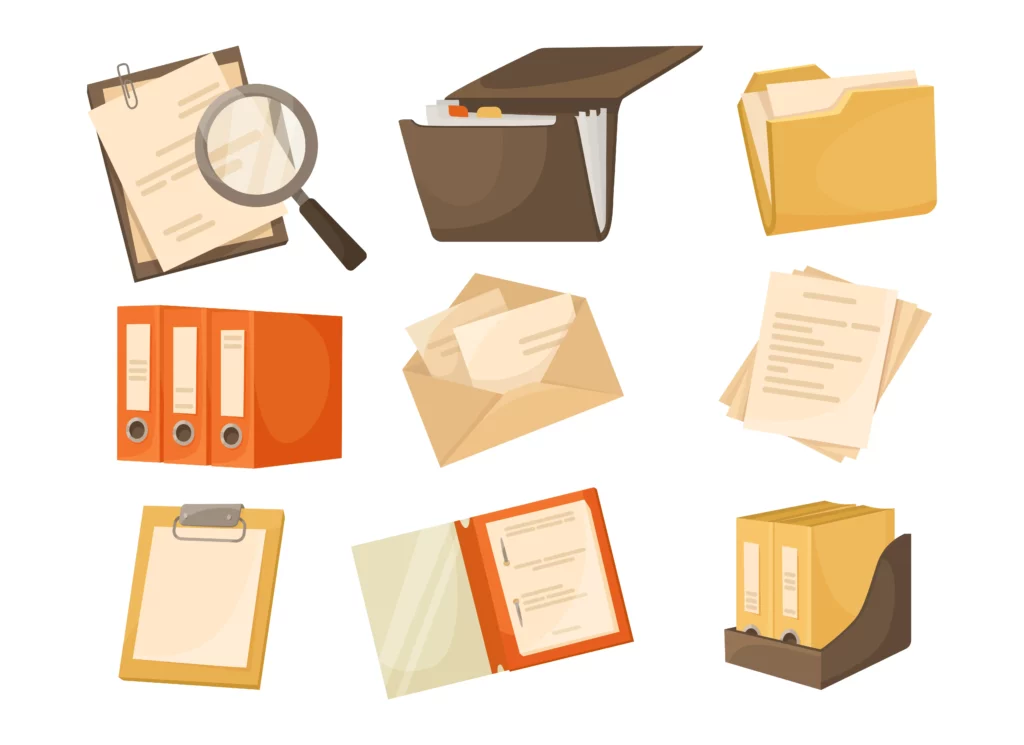Why should you use translation memory tools? The answer to this question could have a major impact on your localization strategy and translation workflow.
Translation memory (TM) tools play a crucial role in localization by storing and reusing previously translated content, which boosts both consistency and efficiency.
As you’ll discover, leveraging translation memory (TM) tools can yield significant benefits throughout your entire translation process. From reducing costs and turnaround time to ensuring terminological consistency, TM tools are the quiet engine driving modern translation workflows.
🧠 What Is a Translation Memory?
A translation memory (TM) is a database that stores pairs of segments—usually sentences or phrases—in a source language and their equivalent translations in a target language. These pairs are called translation units (TUs).
For example:
| Source (English) | Target (Spanish) |
|---|---|
| Save changes? | ¿Guardar cambios? |
Once stored, if the exact or similar sentence comes up again in another document, the tool suggests the same or a “fuzzy” match to save time and effort.
🧰 Popular Translation Memory Tools
Here are some well-known TM tools (usually part of larger CAT tools):
| Tool | Description |
|---|---|
| SDL Trados Studio | Industry-standard CAT tool with advanced TM features |
| MemoQ | Popular with agencies and freelancers alike |
| Wordfast | Lightweight, fast, and cloud-friendly |
| Smartcat | Cloud-based platform with free TM integration |
| Memsource (Phrase) | AI-enhanced and used by large enterprises |
💡 How TM Tools Help
- ✅ Faster translation of repetitive content
- ✅ Consistent terminology across documents
- ✅ Reduced costs, especially on updates
- ✅ Improved collaboration via shared memory
- ✅ Better quality control over time
The Key Advantage of TM Tools
Translation memory tools create databases of “translation units”—segments of text, typically sentences or phrases, paired with their translated equivalents in the target language. These units are saved during the translation process and can be automatically suggested for reuse whenever the same or similar content appears again.
Efficiency at Scale
In total, this approach dramatically reduces the need to re-translate similar or repetitive content. According to the TAUS Translation Technology Insights report, companies that adopt TM tools can cut translation costs by between 50% and 80% on repetitive materials.
When Does It Help Most?
As a general rule, TM is particularly useful for:

Long-form documents such as user manuals, contracts, and training guides
Projects with version updates, like software localization
Industries with strict terminology needs (legal, medical, engineering)
In all of these scenarios, TM ensures consistent translation, even when handled by different linguists over time.
How Translation Memory Tools Work in Practice
When a translator begins a new project using a TM-compatible CAT (Computer-Assisted Translation) tool, the system analyzes the incoming text and checks it against the memory. It identifies:
- Exact matches (100% identical to a previously translated unit)
- Fuzzy matches (close but not identical)
- No match (new content)
Translators are presented with matches and can either accept them, edit them, or create new entries.
Tools That Use TM
Some of the most widely used TM-enabled tools include:
- SDL Trados Studio
- MemoQ
- Wordfast
- Smartcat
- Memsource (Phrase)
These platforms allow linguists to work within an interface that constantly references TM entries in real-time, improving accuracy and speed.
TM and Consistency: More Than Just Saving Time
Brand & Legal Risk Reduction
For many businesses, inconsistent translations aren’t just embarrassing—they can be dangerous. Imagine a pharmaceutical product where “dosage instructions” vary slightly between language versions. TM tools help ensure brand voice and legal wording remain stable across languages.
Terminology Alignment
TM tools can also work alongside terminology databases to flag or auto-suggest preferred terms. This dual system ensures translators follow established rules while still preserving natural style.
“The most consistent translation teams use TM tools not as a crutch but as a quality assurance system.” — Linguist and QA expert, Sandra Müller
How Translation Memory Cuts Costs
up to 70% of content in a user manual or technical documentation may repeat. By leveraging TM, only the new or changed content requires translation, slashing labor time and associated costs.
Licensing & Maintenance
However, TM tools aren’t entirely free. Many come with:
- License fees
- Training costs
- Termbase or file maintenance
Yet, as a whole, the ROI becomes clear over multiple projects—especially for companies dealing with multilingual websites, e-learning content, or product support files.
Are Translation Memory Tools Really as Simple as They Seem?
It’s Not Machine Translation
A common misconception is that TM = machine translation. Not quite. TM relies on human-generated translations and suggests them for future use, whereas machine translation (like Google Translate) generates translations automatically without a memory of past jobs.
If the original translation saved in the memory is poor, future output will be flawed. That’s why maintaining high-quality entries, reviewing fuzzy matches, and managing the TM actively are crucial.
Segment-Level Limitations
TM operates on segments, not full documents. This means:
- Context can sometimes be lost
- Repetitive segments in different contexts might need careful adjustment
Still, professional linguists are trained to handle these subtleties.
Translation Memory in Multilingual Project Management
Multi-Linguist Teams

Large projects often require teams of translators. TM tools provide a shared memory base, so everyone draws from the same well. This leads to consistent output even when multiple professionals are working simultaneously.
Version Control
When new versions of documents are released, TM can compare old and new versions, identifying only the changed content. This is known as “leveraging” a TM and can reduce update costs drastically.
Integrations
Modern TM tools integrate with:
CMS platforms (Content Management Systems):
Design tools:
- Adobe InDesign (often connected via plugins like SDL Trados InDesign plugin or Redokun)
Project management tools (for localization workflows):
These integrations help reduce friction across teams and streamline entire content workflows.
The Future of TM Tools: AI, Cloud, and Real-Time Collaboration
AI-Powered Suggestions
New generation CAT tools are blending TM with AI-enhanced matching, offering smarter fuzzy match evaluation or even rephrasing suggestions based on context.
Cloud-Based TM
TM tools are increasingly moving to the cloud, allowing:
- Real-time collaboration
- Instant updates
- Cross-team access globally
Why TM Tools Are a Translator’s Best Friend
| Benefit | Impact |
|---|---|
| Faster turnaround | Less re-translation needed |
| Lower cost | Reuse of past work reduces billable time |
| Higher consistency | Especially in branding, legal, or regulated content |
| Better collaboration | Shared memory across teams |
| Long-term efficiency | Grows more valuable with every project |
As a whole, translation memory tools have transformed the way we approach multilingual content. They reward consistency, scale, and strategic thinking. Whether you’re a freelance translator, an LSP project manager, or a global content lead—TM tools are no longer optional; they’re essential.
If you haven’t started building or cleaning your translation memory yet, now’s the time. Every sentence you translate today could be your time-saver tomorrow.
